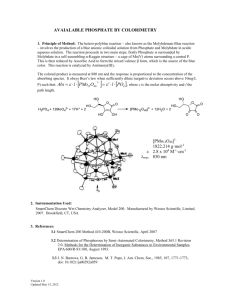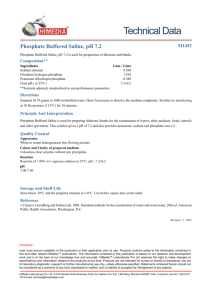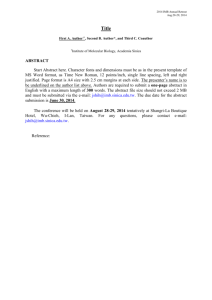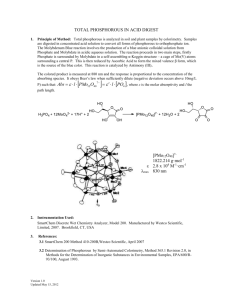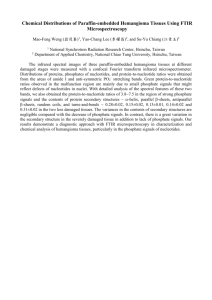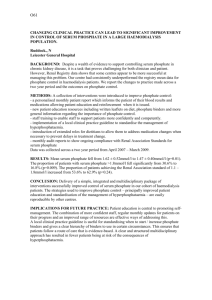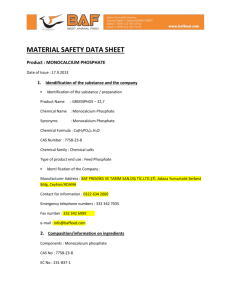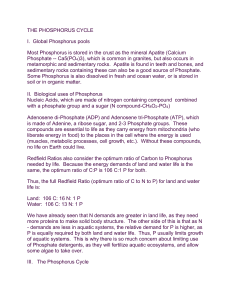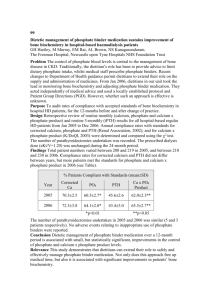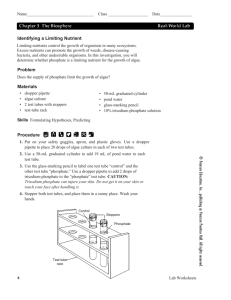Format Guidelines
advertisement
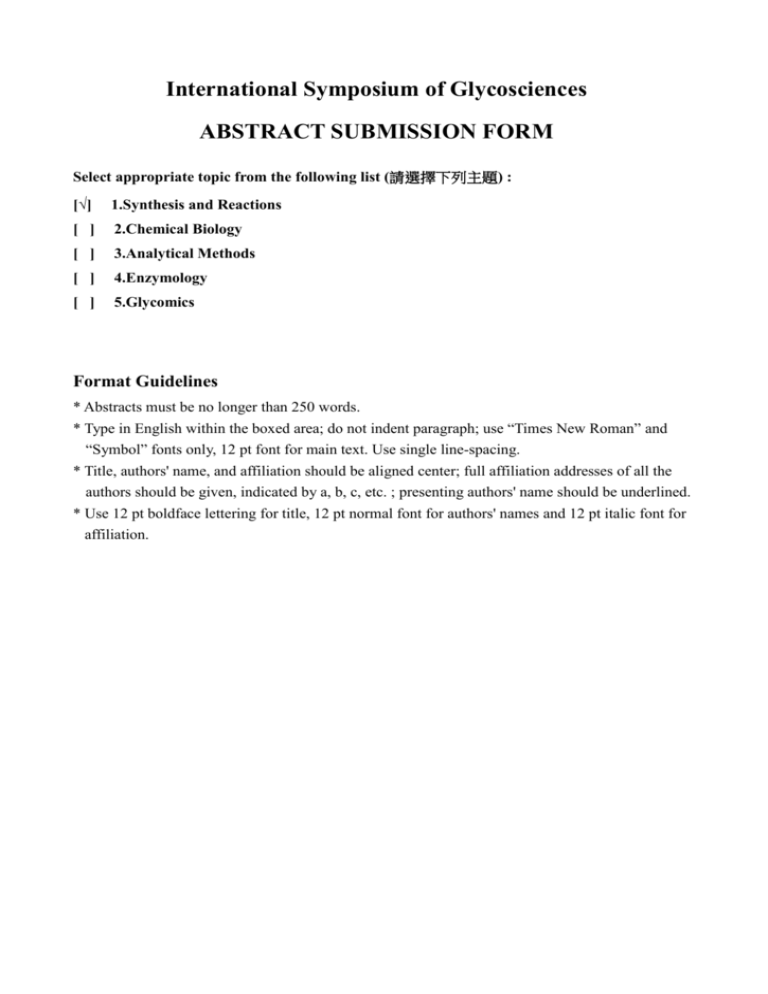
International Symposium of Glycosciences ABSTRACT SUBMISSION FORM Select appropriate topic from the following list (請選擇下列主題) : [√] 1.Synthesis and Reactions [ ] 2.Chemical Biology [ ] 3.Analytical Methods [ ] 4.Enzymology [ ] 5.Glycomics Format Guidelines * Abstracts must be no longer than 250 words. * Type in English within the boxed area; do not indent paragraph; use “Times New Roman” and “Symbol” fonts only, 12 pt font for main text. Use single line-spacing. * Title, authors' name, and affiliation should be aligned center; full affiliation addresses of all the authors should be given, indicated by a, b, c, etc. ; presenting authors' name should be underlined. * Use 12 pt boldface lettering for title, 12 pt normal font for authors' names and 12 pt italic font for affiliation. Paper Number will be added here Highly Alpha-Selective Sialyl Phosphate Donors for Efficient Preparation of Natural Sialosides Che-Hsiung Hsua,b, Kuo-Ching Chua, Yih-Shyan Lina, Chung-Yi Wua, and Chi-Huey Wonga a b The Genomics Research Center, Academia Sinica, Taipei 115, Taiwan Chemical Biology and Molecular Biophysics, Taiwan International Graduate Program, Academia Sinica, Taipei 115, Taiwan e-mail: che0430@gate.sinica.edu.tw Abstract. N-Acetyl neuraminic acid (Neu5Ac) is most frequently found at the terminal end of glycoconjugates on the cell surface. This terminally exposed position allows Neu5Ac-containing conjugates to be exploited as receptors for viruses and bacteria, in addition to governing a wide variety of biological processes, such as tumor metastasis, cell differentiation, and cell–cell interaction. Chemical sialylation has long been a major challenge in carbohydrate chemistry. Here, we present new sialylation reagents which combine N-acetyl-5-N,4-O-carbonyl or 5-N,4-O-carbonyl protections and anomeric dibutyl phosphate as a leaving group for the facile preparation of natural sialosides. The glycosylation results of several different C5-modified sialyl phosphate donors showed that N-acetyl-5-N,4-O-carbonyl protection presented the highest -selectivity. In addition, compared to N-acetyl-5-N,4-O-carbonyl protected thiosialosides, conversion of sulfide leaving group at the anomeric position to dibutyl phosphate showed elevated -selectivity. Several strategies were developed by using N-acetyl-5-N,4-O-carbonyl and 5-N,4-O-carbonyl protected sialyl phosphate donors to synthesize natural sialosides, including (a) regioselective preparation of sialylated thioglycoside building blocks with five different natural linkages; (b) to calculate the relative reactivity values (RRvs) of sialylated disaccharides and its application toward reativity-based programmable one-pot glycosylation; (c) high-yielding synthesis of sialosides via orthogonal one-pot glycosylation; (d) -only blockwise synthesis of polysialic acid tetramer. [1] C.-H. Hsu, K.-C. Chu, Y.-S. Lin, J.-L. Han, Y.-S. Peng, C.-T. Ren, C.-Y. Wu, and C.-H. Wong, Chem. Eur. J., 16, 1754 (2010)
